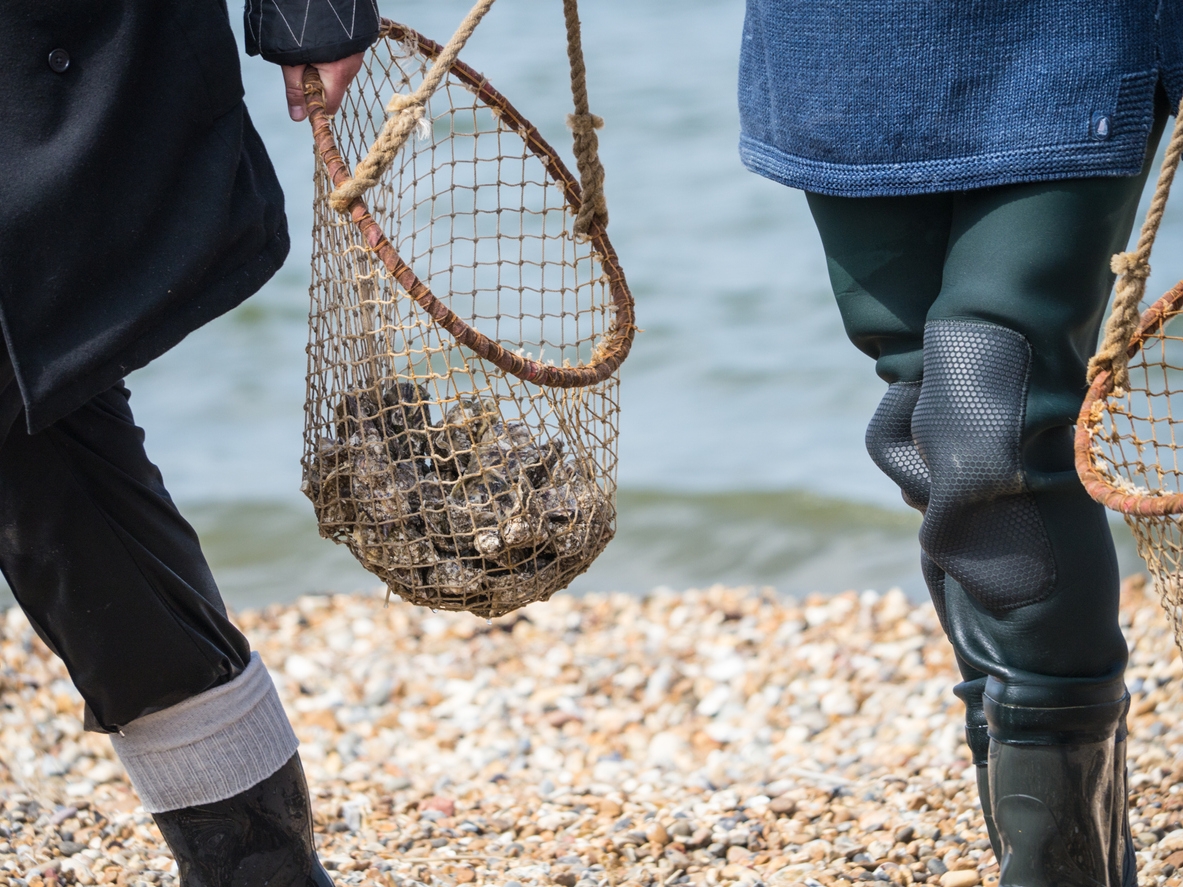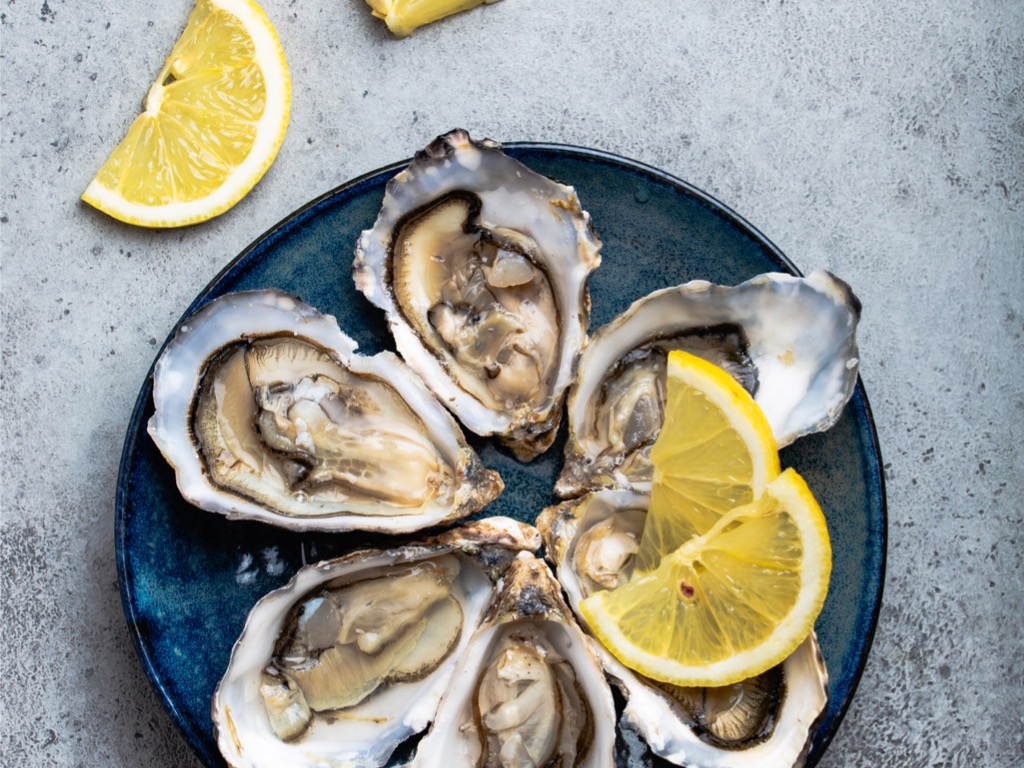Back when the dinosaurs still thought they were the bees-knees, another little creature was gently making its way into the big wide world. And now, more than 150 million years later – having withstood at least one planetary-wide annihilation (the one that knocked T-Rex off his perch) – the humble oyster may be on the cusp of making history itself.
That’s because this simple bivalve mollusc, cultivated on our shores since Roman times, really could help save the planet, albeit this time from an annihilation of man’s own making.
And here’s how: as most of are aware, we humans face two enormous challenges over the next 30 years: first, we have to prevent climate change from destroying the world as we know it; second, which is not entirely unconnected from the first, we need to work out how to feed sustainably the estimated 11 billion people that experts think will be living on Earth come 2050.
The solution to both of these dilemmas could lie in the Ostreidea.
Because, simply put, oysters are the bees of the seas, and perform all sorts of environmental wonders that scientists have only recently begun to appreciate in full.
Did you know, for instance, that each delicious oyster can filter up to 55 litres of water a day? That’s enough for a bath. Indeed, feeding on plankton, bacteria and algae, these are the Dysons of the seas, improving water quality and clarity. Now imagine what a million or 200 million oysters could filter in a year – all along the east coast of Britain? Get enough of these guys together and they could make the North Sea look like Evian.
Not for nothing have people begun seeding oysters in order to remove all sorts of nasties from our coastal waters, including nitrogen run off from agriculture. In addition, scientist now know that the presence of oysters improves sea grasses, and helps the feed the entire ecosystem, meaning you’ll get more fish too.
Oysters can also be something of a carbon sink. The science is complex but while they give off CO2, just like we do, they also absorb it during their lifecycles and, depending on what happens to them when they die, oysters and oysters beds can form a carbon store – something the world desperately needs.
Then there’s the food issue. As well as helping more fish to thrive by helping the seas become healthier (and therefore offering us more free food from the sea), our bivalve friends are themselves a terrifically overlooked food source. First they are a rich source of protein, zinc (around 50 times more than chicken by weight), Vitamin B12, iron, and copper. Indeed, just half a dozen of them (the bear minimum in my view to touch the sides) gives 40 per cent of your weekly requirement of Omega-3. Help yourself to a baker’s dozen and you’re there. Oysters are also light on the calorie count, so as we also confront problems of societal obesity, they continue to come up trumps.
And the good news keeps coming because all this proteinous bounty is delivered onto the plate with a fraction of the emissions generated by meat. According to one study, where a tonne of beef generates 340 tonnes of greenhouse gases, a tonne of oysters creates just 11 tonnes.

Now, when you consider that around 90 to 95 per cent of Britain’s oyster bed growing capacity was destroyed by overfishing in the mid 19th century, you realise what untapped potential there is for their cultivation. Today across Britain the industry farms about 18 million oysters a year (mainly the Pacific variety, though native oysters, where grown are in high demand). But the fact is that we have capacity here to have millions more of these wonderful molluscs hugging our shores.
When you consider that 45 per cent of all our food is imported, you can also see how the oyster could go a lot further to feeding Britons of tomorrow. And not just here. Worldwide it’s estimated that some 580,000 square miles of coastline could be suitable for oyster and mussel cultivation. Just one per cent of this alone could provide the protein needs of a billion people.
Finally, there’s another reason to celebrate the humble oyster and one – like no other – that signifies its limpetlike hold on the zeitgeist. That’s because oysters are protandrous, that is to say, they are sequential hermaphrodites, starting as males, before becoming females then flipping back, making them seriously du jour.
All in all, just like the eager fresh-faced oysters in Lewis Caroll’s poem, The Walrus and the Carpenter, this is a creature that is just crying out to be the dish of the day – and not just today, but tomorrow and the day after.
And the good news is that the old rule of not eating oysters during months containing an ‘R’ doesn’t apply to Pacific Oysters, which are overwhelmingly what’s farmed here now. So, let’s get to it: eat an oyster today and save the planet – one delicious, briny mouthful at a time. ‘Our shells clacked the plates,’ wrote Seamus Heaney. ‘My tongue was a filling estuary,/ My palate hung with starlight: / As I tasted the salty Pleiades/ Orion dipped his foot in the water.’







Comments